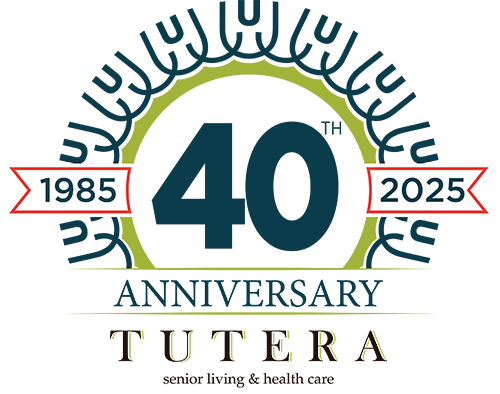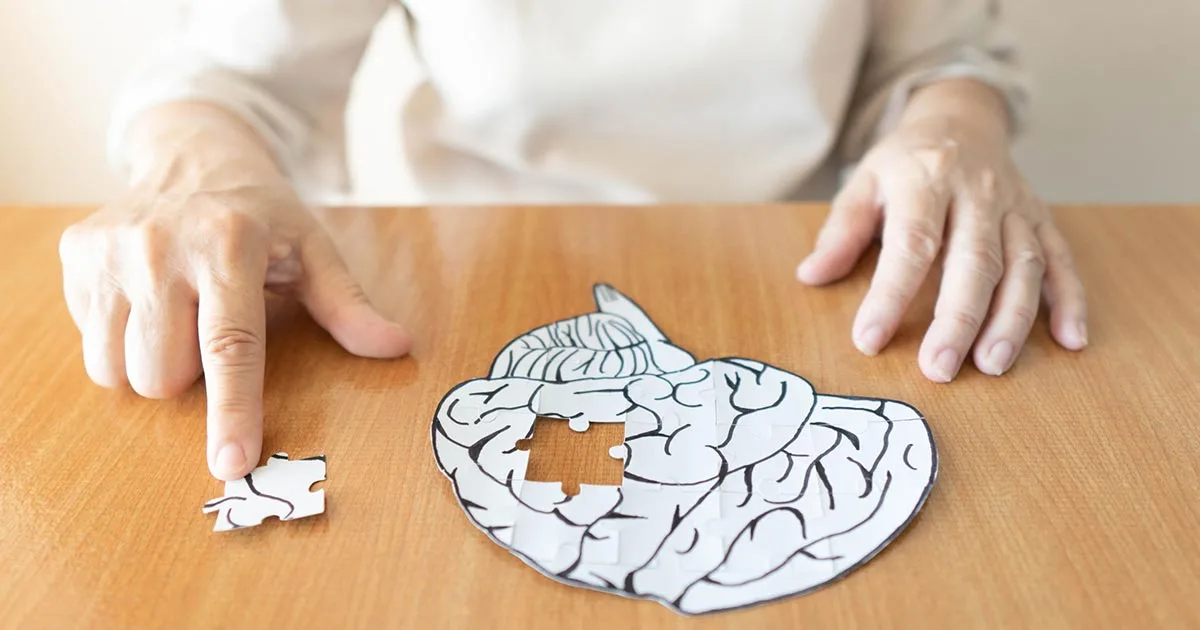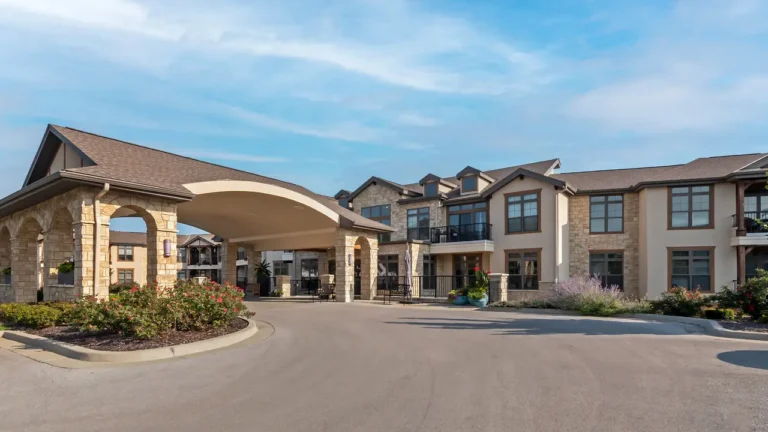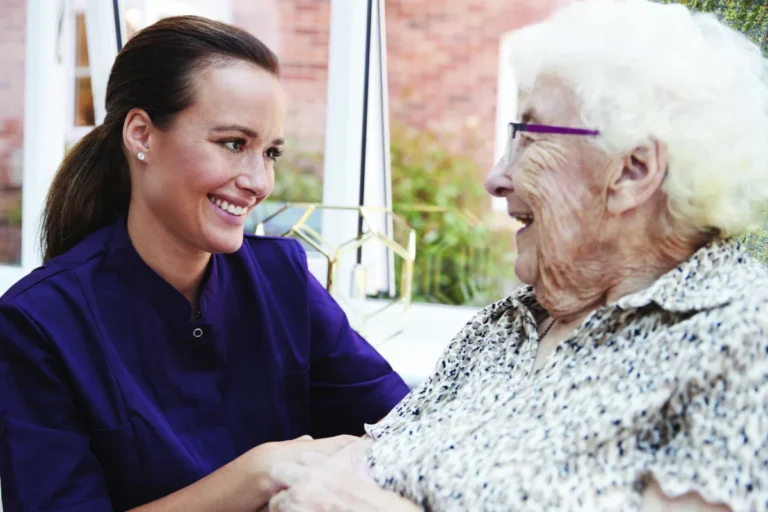As we age, our bodies change in noticeable ways; the color of our hair may change, our skin may show laugh lines and our weight may fluctuate from year to year. However, the changes to the brain that come with aging are less visible. From changes in cognitive abilities to declines in memory, all the potential brain changes during the golden years of life are not necessarily changes anyone can see.
Our brains are changing throughout our lifetime. During the early years of life, the brain creates more than a million new neural connections every second. By age six, the brain has increased to about 90% of its adult size. During your 30s and 40s, the brain will begin to shrink, with the rate of shrinkage increasing even more by age 60.
Throughout all of life’s brain changes, the one that concerns older adults the most is memory loss. So, what part of the brain stores memory? And what are memory loss signs?
Where is Memory Stored in the Brain?
Memory is one of the most complex processes in the brain. The term “memory” refers to the processes and structures involved in the storage and retrieval of information within the brain. Our brains are even able to determine the information we need to store and filter out the information we receive but will not need to recall; this process is happening in your brain all day, every day. Under the umbrella of memory, our brains divide memory up into three categories:
- Working Memory. The working memory refers to the processes and structures for temporarily using and storing information. It is an executive function of the brain that allows the brain to work with information without losing track of what is happening in front of us. Like a sticky note, it holds new information in place so the brain can use it briefly and connect it with other information.
- Short-Term Memory. Short-term memory allows us to remember and process pieces of information at the same time. This ability allows you to both read the words in front of you and understand the information!
- Long-Term Memory. The type of memory known as long-term memory is where all your lifelong memories are held. Long-term memory allows us to remember how to talk, how to walk and to remember the wonderful family vacation from five years ago.
As soon as we encounter data or experience an event, the information is encoded into the short-term memory. Short-term memory has a limited capacity and can only hold about seven items for up to 30 seconds at a time. Once the information is processed, the information is either lost or it is transferred into long-term memory. Long-term memory has an unlimited capacity to retain information for a long, long time.
Where is memory stored in the brain? Memories are not stored in only one section of the brain. Different types of memories are stored across different, interconnected regions of the brain.
- For explicit memories, or memories about something that happened to you, as well as general information and facts, there are three areas of the brain for storage, including the neocortex, the hippocampus and the amygdala.
- Implicit memories, which include motor memories, are stored in the cerebellum and the basal ganglia.
- Short-term memories and working memories are stored in the prefrontal cortex.
Is There Any Treatment for Memory Loss?
There are many potential causes for memory and cognitive issues, such as depression, the side effects of medication, an infection or a brain disorder, such as dementia or Alzheimer’s disease. While age-related memory loss is believed to begin around the age of 60, new research suggests that memory and other mental declines may commonly occur decades earlier.
While there is no cure for dementia, Parkinson’s disease, Alzheimer’s disease or Huntington’s disease, there are medications, programs and therapies that may slow the progression of these diseases and ease the symptoms, including slowing down short-term memory loss. Memory care communities, like Highland Rehabilitation and Health Care Center, utilize the latest research on dementia treatment and memory loss therapies, together with the preferences and interests of the resident, as a way to encourage independence and maintain skills. Each day at Highland focuses on:
- Social interactions
- Creative outlets with music, art and movement
- Outdoor therapy in the secure, landscaped courtyard
At Stratford Commons Memory Care Community, residents have access to a secure courtyard for enjoying the outdoors, a chef-prepared menu of delicious, nutritious daily meals and emergency call systems in every room.
About Tutera Senior Living & Health Care
At Tutera Senior Living & Health Care, all our communities are committed to empowering our residents to direct and control their daily lives. Through social programs, fitness programs, classes, recreation and therapies, each resident is able to continue their personal growth and pursue the hobbies and activities they love.
Interested in learning more about Tutera? Contact us today to set up a tour, ask questions or to learn more about our specialty forms of care. Want to know if there is a Tutera community near you? Try our community finder tool online!







